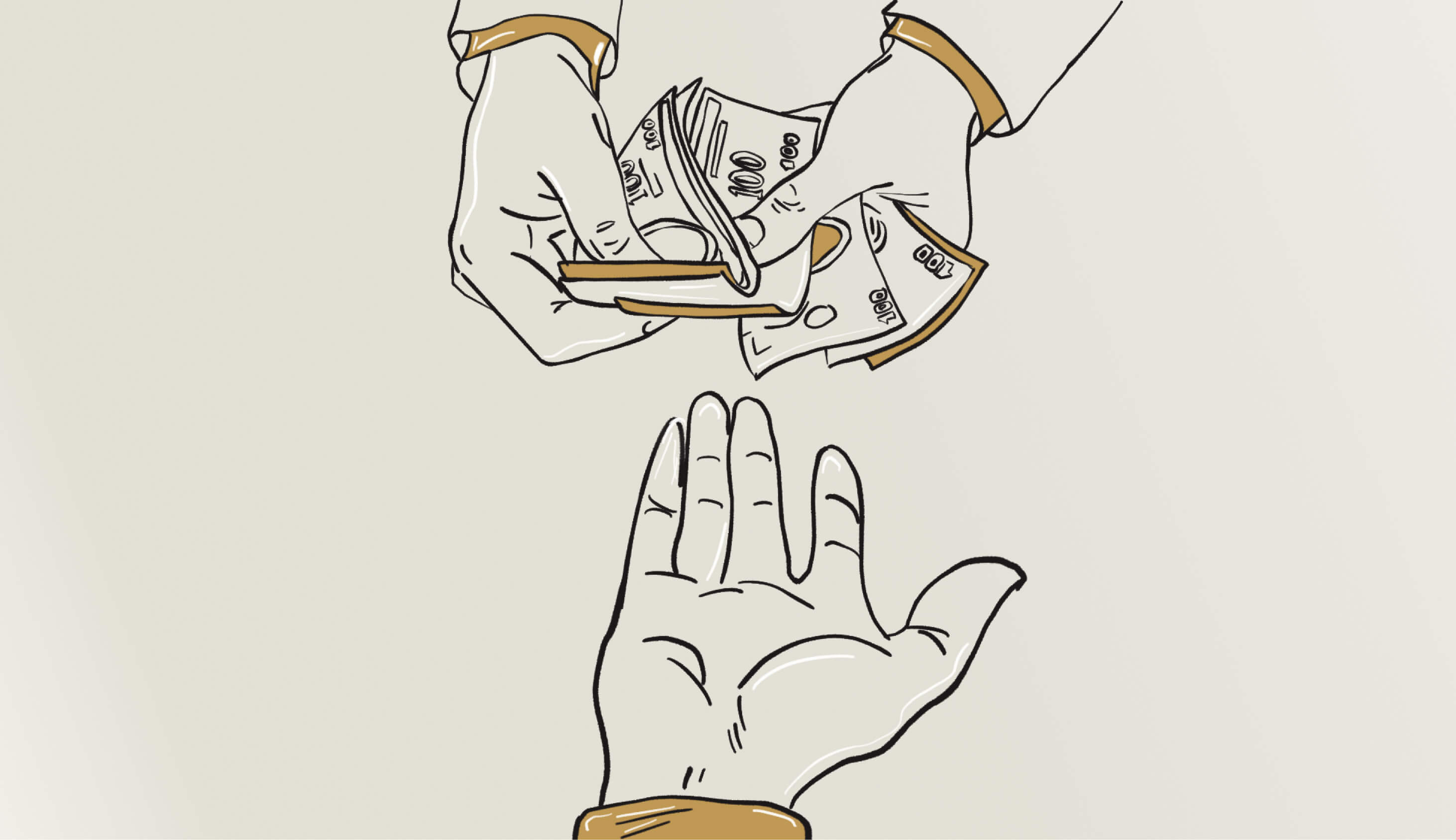What does the draft of the state budget of Ukraine for 2023 propose?
Share this post

Despite the hostilities, the government is working this fall on the state budget for next year. Back on September 13, the text of the document was approved, which means that it will be considered by the Verkhovna Rada in the near future. It is assumed that next year's GDP will grow by 4.6% after a significant fall this year, the average annual dollar exchange rate will be about 42 hryvnias, and inflation will be within 30%. Budget revenues for the next year are planned in the range of 1.28 trillion hryvnias. It is assumed that the customs may bring 37.4% of all revenues, the tax service — 53%, and the rest will depend on non-tax revenues. Based on the projected data, the budget for the next year was compiled. In this blog, we will consider the main items of planned expenditures and the possible risks that are associated with them.
The draft budget for next year is planned for 2.51 trillion hryvnia expenditures, and the deficit will be 1.27 trillion hryvnias. This means that almost half of the planned money will have to be obtained through aid. The state will rely on loans from the U.S. and EU countries in the first place, and it is likely that some of this money will come in the form of grants. However, if the money does not come in the amount we expect — the government will have to go to the National Bank, and that is liable to cause additional emissions. The government usually passes a budget with a deficit not exceeding 3%, but this year it is expected to be 20% of GDP. At the same time, public debt is expected to exceed the annual gross domestic product.
Budget deficit to GDP. Source: Center of Public Finance and Governance
For the first time since independence, total defense spending accounts for almost half of the budget — 1.1 trillion hryvnias. The main parts of the expenditures will be the supply of the Armed Forces and the purchase and modernization of military equipment. Total expenditures on the Interior Ministry, National Police, State Emergency Situations Service, National Guard, and border guards will be less than last year. Expenditures for the maintenance of the authorities have also been cut — by 11.6 billion hryvnias less than in 2022. On the one hand, this is a rational decision, which is only mentioned from time to time before elections, but it also means that every third state employee may become unemployed. So, the question remains, will these people be able to find work during the war? Of course, in our situation, a lot will depend on the approach to downsizing.
Social expenditures are in second place and will make up 35% of the entire budget, for pensions and subsidies allocated the same funds as last year — more than 800 billion hryvnias. It is worth noting that when indexing pensions, the pension fund will have to find the money for it from its revenues. More than 166 billion hryvnias will be allocated for three additional programs: social protection of children and families, protection of citizens who find themselves in difficult circumstances, and support for low-income families. It is also planned to create a fund to overcome the consequences of russian aggression, which will receive money from confiscated russian assets and international aid — at least 19 billion hryvnias.
The allocation to Ukravtodor of almost 57 billion hryvnias and the planning to build additional subway lines in Kharkiv and Dnipro is quite debatable. In addition to the high costs of these projects, it is not quite clear how the subway will be built in Kharkiv, as the city is constantly bombarded.
From the general overview of the draft budget, it is clear that the main priorities for the state will be the forecasted expenditures on the security sector, social assistance, and reconstruction of the country. An important aspect is the large budget deficit, largely relying on foreign borrowing and grant aid. Parliamentary elections are due to be held next October, but because of martial law there will be none, so no funds are foreseen for elections. In the history of modern Ukraine, there has never been such a high public debt — over 100%, which creates the need to pay loans for many years ahead. We can assume that the budget will receive changes in some parts, taking into account the current security situation.


